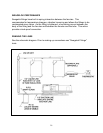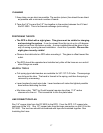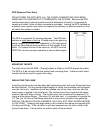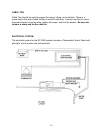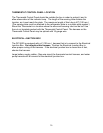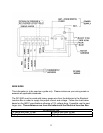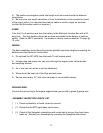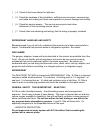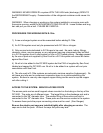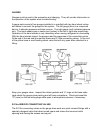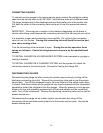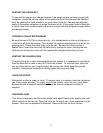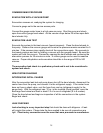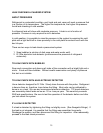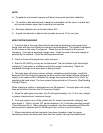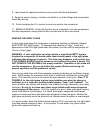24
WARNING NEVER OPERATE a system WITH THE HIGH side (discharge) OPEN TO
the REFRIGERANT supply. Pressurization of the refrigerant container could cause it to
burst.
WARNING. When charging or working on the system installed in an engine room with
the engine running, watch for MOVING BELTS AND PULLEYS. Loose clothes and long
hair can pull you into a belt. PLEASE BE CAREFUL.
PROCEDURES FOR WORKING WITH R-134a
1) A new uncharged system must be evacuated before adding R-134a.
2) An R-134a system must only be pressurized with R-134a or nitrogen.
3) Only service tools dedicated to R-134a are to be used. No parts, tubing, fittings,
receivers, driers, service gauges, or any refrigerant carrying components may be fitted
to a R-134a system from a used system or from a CFC based system. Damage caused
by the use of parts not supplied by Sea Frost for a R-134a system will cancel all claims
against Sea Frost.
4) No oil is to be added to the DC 5000 system but the PAG oil supplied by Sea Frost,
labeled and capped for DC 5000 use. No oil is to be added to a system with out prior
consultation with Sea Frost.
5) The oils used in R-134a systems are extremely moisture sensitive (hydroscopic). Do
not leave any tube end or component connection open to air while assembling the
system. Be sure to use only new-capped copper tubing and be sure to cap the copper
coil after cutting it.
ACCESS TO THE SYSTEM: SERVICE ACCESS PORTS
The access ports are two small capped valves mounted on the tubing on the top of the
DC 5000. The ports are of different sizes. The large fitting is the discharge port and is
connected to the 3/8" diameter tube. The smaller fitting is the suction port and is
connected to the 1/2" diameter tube. These ports are the service access to the system.
To access these ports the proper connecting valve must be used. (See Gauges)
Be sure the plastic port caps are installed tightly after charging or service. The
caps are to seal the ports. Without the caps the ports may leak.



